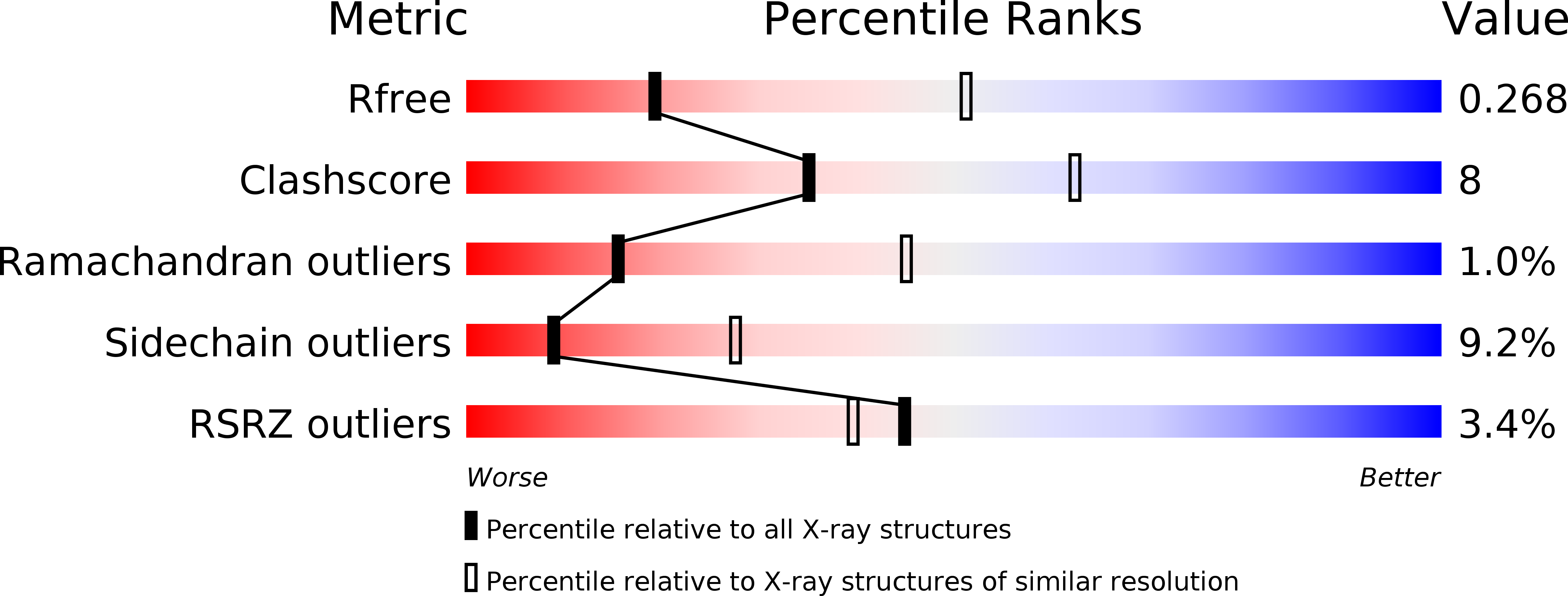
Deposition Date
2010-05-13
Release Date
2010-07-28
Last Version Date
2024-10-30
Entry Detail
PDB ID:
3MZW
Keywords:
Title:
HER2 extracelluar region with affinity matured 3-helix affibody ZHER2:342
Biological Source:
Source Organism:
Homo sapiens (Taxon ID: 9606)
Staphylococcus aureus (Taxon ID: 1280)
Staphylococcus aureus (Taxon ID: 1280)
Host Organism:
Method Details:
Experimental Method:
Resolution:
2.90 Å
R-Value Free:
0.27
R-Value Work:
0.20
R-Value Observed:
0.20
Space Group:
P 21 21 21


